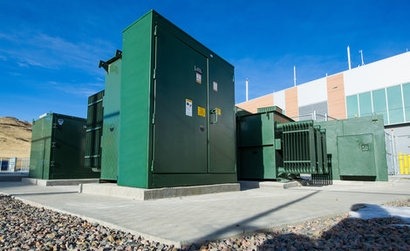
Energy storage technologies have a critical role to play in the development of an affordable, clean and secure energy system according to Clean Energy Council Chief Executive Kane Thornton
“There remains substantial work to do in modernising Australia’s energy rules and allowing energy storage to fully participate in the market, bringing the benefits of the technology to both the grid and consumers more broadly” Mr Thornton said. “Australia currently lacks a strategic package of energy market reforms that will help to turbo-charge energy storage and tear down the barriers that stand in the way to its wider use around the country. While there is a role for government funding at the moment to help with the cost reduction and establishment of the energy storage industry, strategic reform and regulation is the most efficient way to encourage more widespread use of the technology over the long term.”
Thornton added that energy storage is the last major puzzle piece of an evolved energy system. It can complement more variable sources of generation, like wind and solar power, while also providing services that bolster the resilience of the system. It also lightens the load during peak demand, reducing the need for expensive network investment and augmentation
The newly-released policy paper, Charging Forward: Policy and regulatory reforms to unlock the potential of energy storage in Australia, outlines a package of targeted reforms to support the increased roll out of energy storage projects at residential, commercial and grid scales.
Rising electricity costs, changing tariff structures and rapidly reducing technology costs have combined to create the ideal conditions for greater adoption of ‘behind the meter’ storage and solar technologies. These new products can make a contribution to the electricity market and reduce costs for all consumers.
Energy storage costs – especially battery storage – are falling. There is huge potential for these technologies to change the way customers and retailers interact with the grid. However, a combination of market reform, incentives and regulatory change is needed to drive this transition, while ensuring a secure and affordable power system.
The policy paper recommends 13 reforms across four categories, ranging from removing regulatory barriers and rewarding the value of storage behind the meter, to protecting consumers and changes that would allow storage to support grid security through its fast frequency response capability.
For additional information:
Charging Forward: Policy and regulatory reforms to unlock the potential of energy storage in Australia
Clean Energy Council

